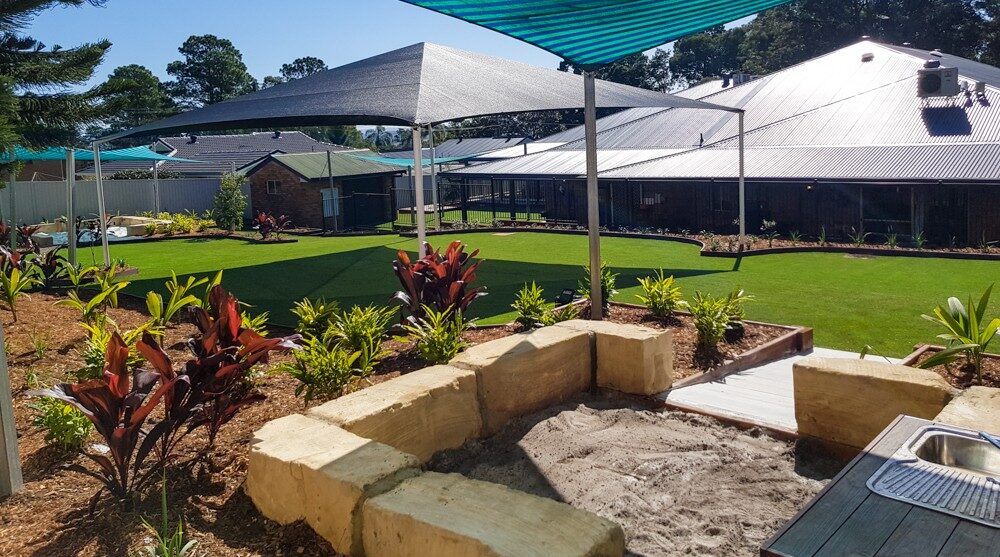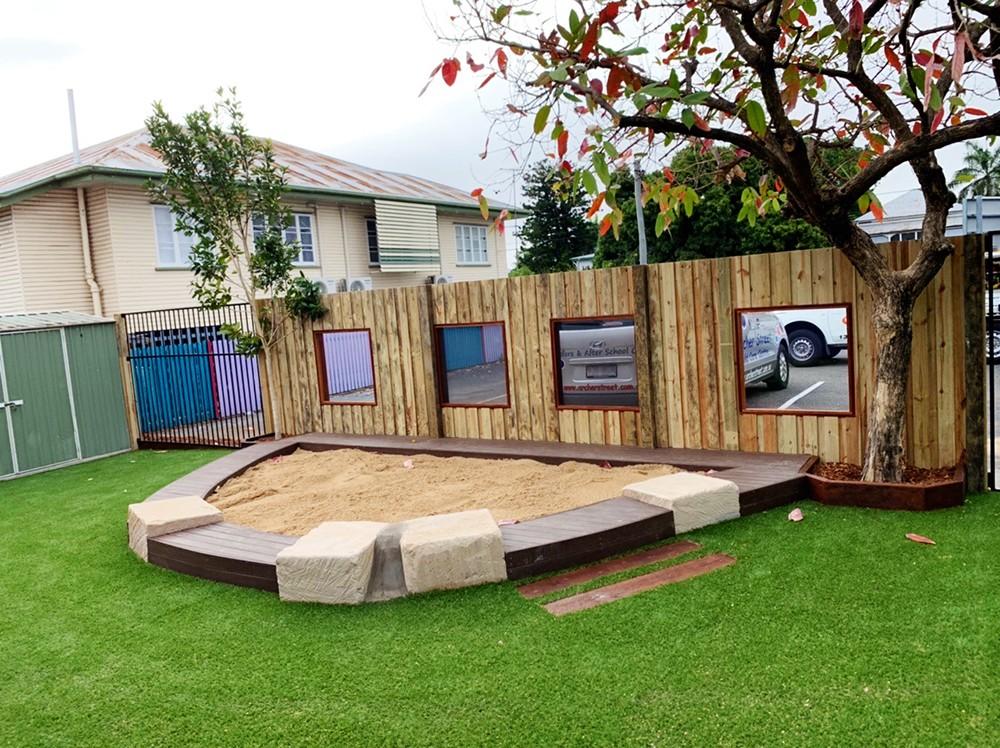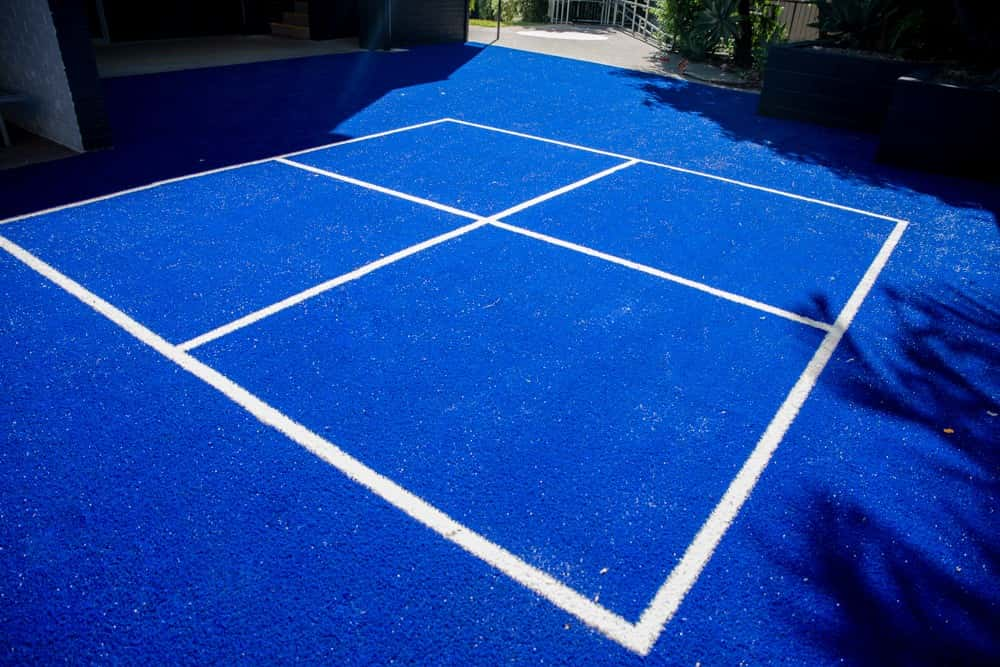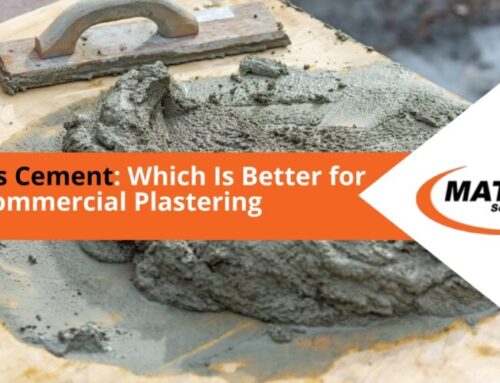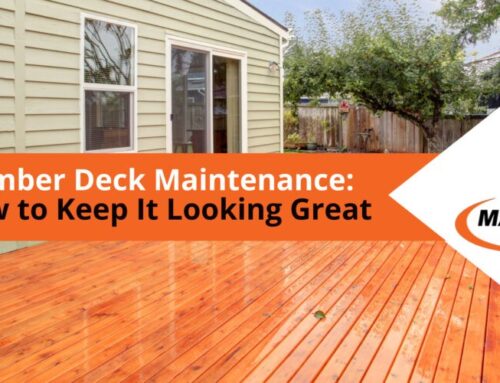The hidden damage to flood damaged buildings can be more then the eye can see. It’s not just wet carpet, or warped walls. It can be foundation damage, weakening structure due to the currants of the water, soggy roofs and plaster boards, damaged electrical, underground sewage and pipe works damage, and then mould from the weeks it takes to start restoring.
In bathrooms, if submerged its swelled membranes, lifted tiles and damaged plaster and potentially
On the exterior its left-over debris, the lift of existing turf, left over silt, upturned equipment, damaged cladding, ripped or skewered gutters and more.
6 Tips on what to do when dealing with flood damaged building
- Check electrical and structural damage – make sure there are no gas leaks or exposed live wires touching the water- wear rubber boots and safety gloves to prevent electrocution,
- Check to see the level that the water rose to so you can identify the initial extent of the damage and plan accordingly
- Air out the room as soon as safely possible – if you can get doors open or get a heavy-duty fan in
- Salvage what you can or take out all furniture, and equipment to dry or simply discard if its replaceable and too damaged, avoid putting in direct sunlight as it will cause more warping
- Even if the walls looked undamaged, if submerged open up to avoid mildew or mould and make sure to dry out completely
- Use filtered water until you are given the clear on whether the water is safe to use


